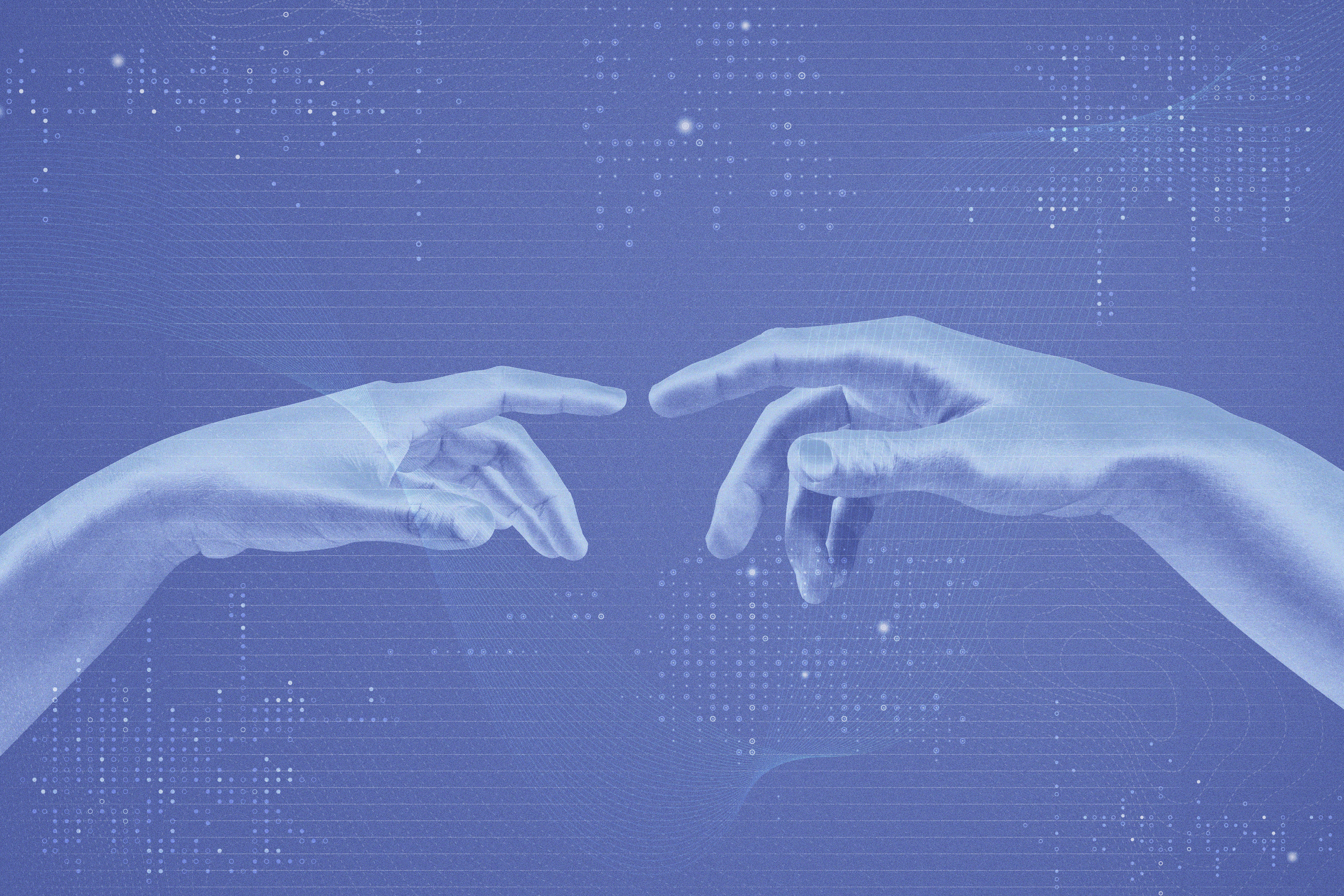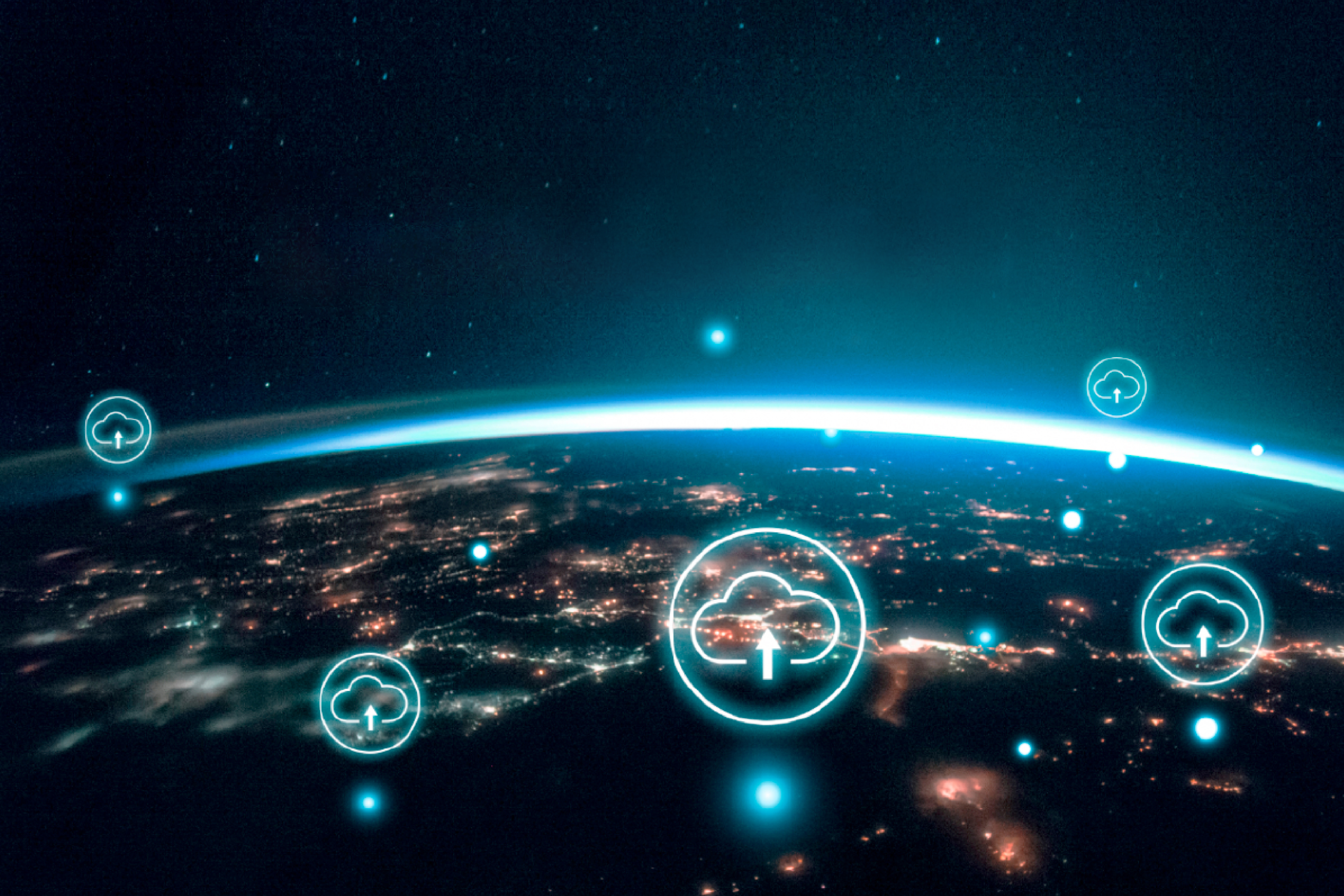The term ‘metaverse’ combines the ancient Greek word meaning ‘beyond’ (meta; nowadays, often understood to mean transformation, metamorphosis or transcendence) and the word ‘universe’ (an enormous space in which everything happens). The metaverse is therefore an overcoming of the universe. A new form of it, an alternative variant.
The first to use this word was the American writer Neal Stephenson, who, in his 1992 novel Snow Crash, imagined a post-capitalist society in which the metaverse plays a central role. Just 30 years later, and the science fiction world he envisioned is taking shape, at least as far as the metaverse is concerned.
The metaverse is already a reality. It is no longer a question of whether it will arrive, but simply when it will become a common reality shared by all.
In fact, the metaverse is already a reality. It is no longer a question of whether it will arrive, but simply when it will become a common reality shared by all. The idea of a parallel world alongside ours is not immediately understandable and it is very simple to catalog this idea as a hypothesis, perhaps even distant or unlikely; nothing could be more wrong.
Proof of this is not only the countless technological development strategies around the world, but also the official position that the top executives of two of the biggest global companies – Facebook and Apple – have taken: the first, by the will of founder Mark Zuckerberg, decided to change its name to ‘Meta’, convinced that the metaverse is the next chapter in the history of the internet. Apple CEO Tim Cook discusses a technology that can no longer be done without, even if specifically it refers to a broader concept of augmented reality.
Technology enables the metaverse
The metaverse is the result of a set of technologies which, united together, form this new world. It is characterized by blockchain, augmented reality, IoT and cybersecurity; technological advances that today often walk individually and that in the metaverse are all united to create a new world.
The metaverse is characterized by six fundamental drivers that fully define its nature.
- The devices: at the base of everything there will be augmented reality (AR) glasses – normal glasses with a high level of interaction and with the possibility of showing very precise additional information directly on the lenses. The key to making the metaverse immersive is their wearability and portability – as soon as technology allows, the metaverse will undergo a great acceleration in its conquest of the world. Mobile phones and smartphones have been at a standstill in terms of technological development for years: attention and investments are all leaning towards devices for the metaverse. Meta/Facebook plans to launch its models in 5-10 years, and Apple says it has something in store for 2023/2024, even if it is not yet known at what level of progress. What is certain is that those funny-looking goggles you see today will not be needed: a pair of glasses will be enough to access the metaverse.
- The concept of identity: in the metaverse we will be represented by our avatars – digital versions of ourselves that can match our facial features, hairstyles and clothing. There will be no limits of gender, shape, look or identity: this new 3D world will respond to that great desire for freedom and tolerance at the base of many shifting social and cultural attitudes and expectations.
- Interaction: in the metaverse, every interaction is 3D and immediate. It will be possible to speak to anyone, anywhere, at any time. This is normal for the new generations who grew up with video games – gaming platforms are in fact the first example of a real metaverse. You connect and from that moment on you can have interactions with anyone else online, at any distance. This revolution brings important steps forward in terms of network enhancement: 5G and fiber are necessary for this to happen and therefore it will be essential that everyone has access to a fast and powerful internet connection. The big events of the future will be hosted in the metaverse, and there are already examples: world-famous singers like Ariana Grande and Travis Scott have already staged concerts in the metaverse, which people have attended with their avatars.
- E-commerce: the world of shopping will also develop in the metaverse. Already, some platforms such as Instagram are trying to make it possible to buy what you want without leaving the app; in the metaverse the same thing will happen. Companies will be able to sell virtual objects, to be used in the metaverse (such as clothes and gadgets for avatars), or something concrete, which after being bought in the metaverse, reaches us at home. The new frontier of online shopping.
- New work: since the pandemic, ways of working have changed dramatically: video calls have become normal, having quickly taken over traditional face-to-face meetings. The metaverse will take this concept to the next level, effectively eliminating the need to do it in front of a screen. The new devices (above all, the AR glasses), will be the gateway to the metaverse and therefore also to the world of work. Each interaction will be guided by voice commands, realizing a great revolution in working techniques and in the very concept of work.
- Tokens and monetization: blockchain tokens will be created which will enable a real secondary market, and with which it will be possible to buy and sell tokens and NFTs (non-fungible tokens). It’s the money of the metaverse, the wealth of the future.
How to prepare
The new generations will have a great competitive advantage: they are already used to concepts of this kind. For them it is natural; everyone else will have to adapt, there are no other choices. We are at the gateway of a new era from a technological point of view, ready to begin. In 5-10 years it is expected to become ubiquitous, while for early adopters the implementation of first trials are important to begin to understand how this world works and maintain an advantage.
The traditional approach – thinking of things as they are now – will not work. We need to think in a completely different way, using technologies to bring new benefits instead of replicating old approaches or outdated ideas.
New metaverse platforms will be born every year (there are already many), and some will die in a process of natural selection. Dominant platforms will emerge on which everything will develop and which will be interoperable.
The important thing to do is to consider the metaverse from a radically different point of view. The traditional approach – thinking of things as they are now – will not work. We need to think in a completely different way, using technologies to bring new benefits instead of replicating old approaches or outdated ideas.
We must therefore not try to replicate the current world, but think of a new one: companies that are planning to launch their business in the metaverse must keep in mind their target audience, customers and users; finally, you have to explore in order to choose the right metaverse for your needs.
We are faced with a new virtual world, which only by exploring and testing will we be able to understand how disruptive it will be. Whether or not the prophecies of Tim Cook and Mark Zuckerberg are realized, the premises are all there.


















































